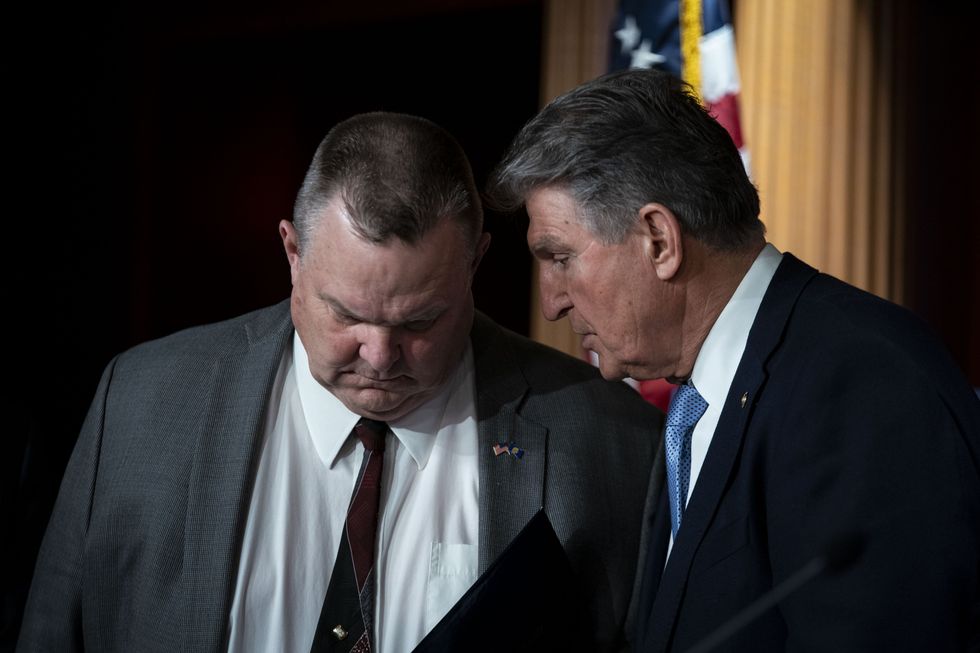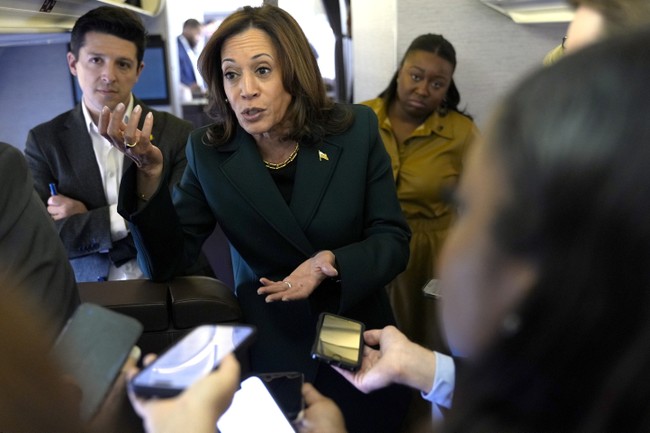6 Senate seats Republicans can flip to take back the majority

Less than a week from Election Day, six crucial Senate seats remain within striking distance for Republicans.
Republicans are currently in the minority, holding 49 seats, while Democrats and Independents combined hold the remaining 51 seats. While Republicans would have to flip only two seats to win back the majority, there are several pickup opportunities for the GOP.
Despite his previous double-digit wins, Casey’s polling advantage has plummeted to just a few points, which is a good sign for his Republican challenger.
The two most likely seats Republicans are looking to secure are in Montana and West Virginia. West Virginia’s Senate seat is an open race between Republican Gov. Jim Justice and Democratic candidate Glenn Elliott. The candidates are running to replace Independent Sen. Joe Manchin after he announced his retirement in November 2023.
Cook Political Report has rated the Senate race in West Virginia as “solid Republican,” which is reflected in the massive polling advantage Justice boasts over Elliott. In addition to the Mountain State, Republicans are enjoying some rosy poll numbers farther west.
In Montana, Republican candidate Tim Sheehy has pulled Democratic incumbent Sen. Jon Tester, who has previously won his seat by narrow margins. Recent polls put the three-term Democratic Senator at a substantial polling deficit, and Cook Political Report rated the seat “lean Republican.”
Although the race is closer than the one in West Virginia, the tide has turned in Sheehy’s favor, and Tester is taking notice. Tester’s campaign has repeatedly labeled him “bipartisan” and has even held off from endorsing Vice President Kamala Harris, making him the only Democratic Senator to do so. Tester’s decision to distance himself from his party is reflective of Sheehy’s momentum in the red state.
While winning Montana and West Virginia would be enough for Republicans to flip the Senate, there are four more seats rated “toss-ups” that the GOP could secure.
In Michigan, Republican candidate Mike Rogers and Democratic Rep. Elissa Slotkin are going head-to-head in the race to replace retiring Democratic Sen. Debbie Stabenow. Although Slotkin initially had a several point polling advantage, Rogers has narrowed her lead and even surpassed the Democrat in some polls.
Another key race Republicans have managed to tighten is in Ohio, where Democratic incumbent Sen. Sherrod Brown is battling GOP candidate Bernie Moreno. Although Brown has won all three of his terms by a substantial margin, Moreno has chipped away and even pulled ahead of the incumbent’s increasingly narrow polling advantage.
In Pennsylvania, Democratic incumbent Sen. Bob Casey is facing a similar challenge from Republican candidate Dave McCormick. Casey first won in 2006 by a significant margin and easily held onto his seat for two more terms. Despite his previous double-digit wins, Casey’s polling advantage has plummeted to just a few points, which is a good sign for his Republican challenger.
Further east in Wisconsin, Republican candidate Eric Hovde has gained ground against Democratic incumbent Sen. Tammy Baldwin. Like other races along the Rust Belt, Baldwin’s initial polling advantage has rapidly diminished as Election Day approaches. Although the race remains tight, Republicans remain optimistic.
Like Blaze News? Bypass the censors, sign up for our newsletters, and get stories like this direct to your inbox. Sign up here!










